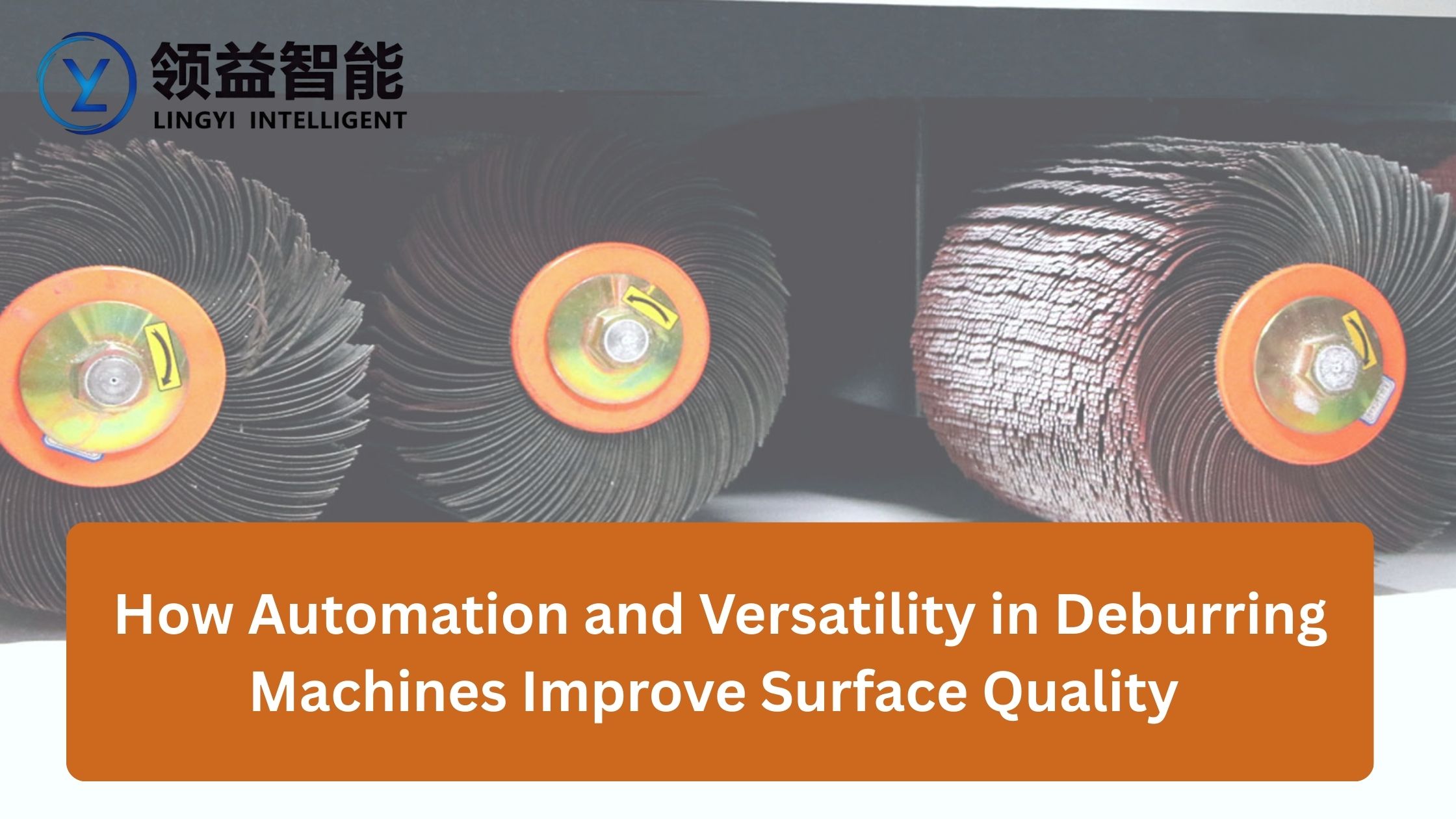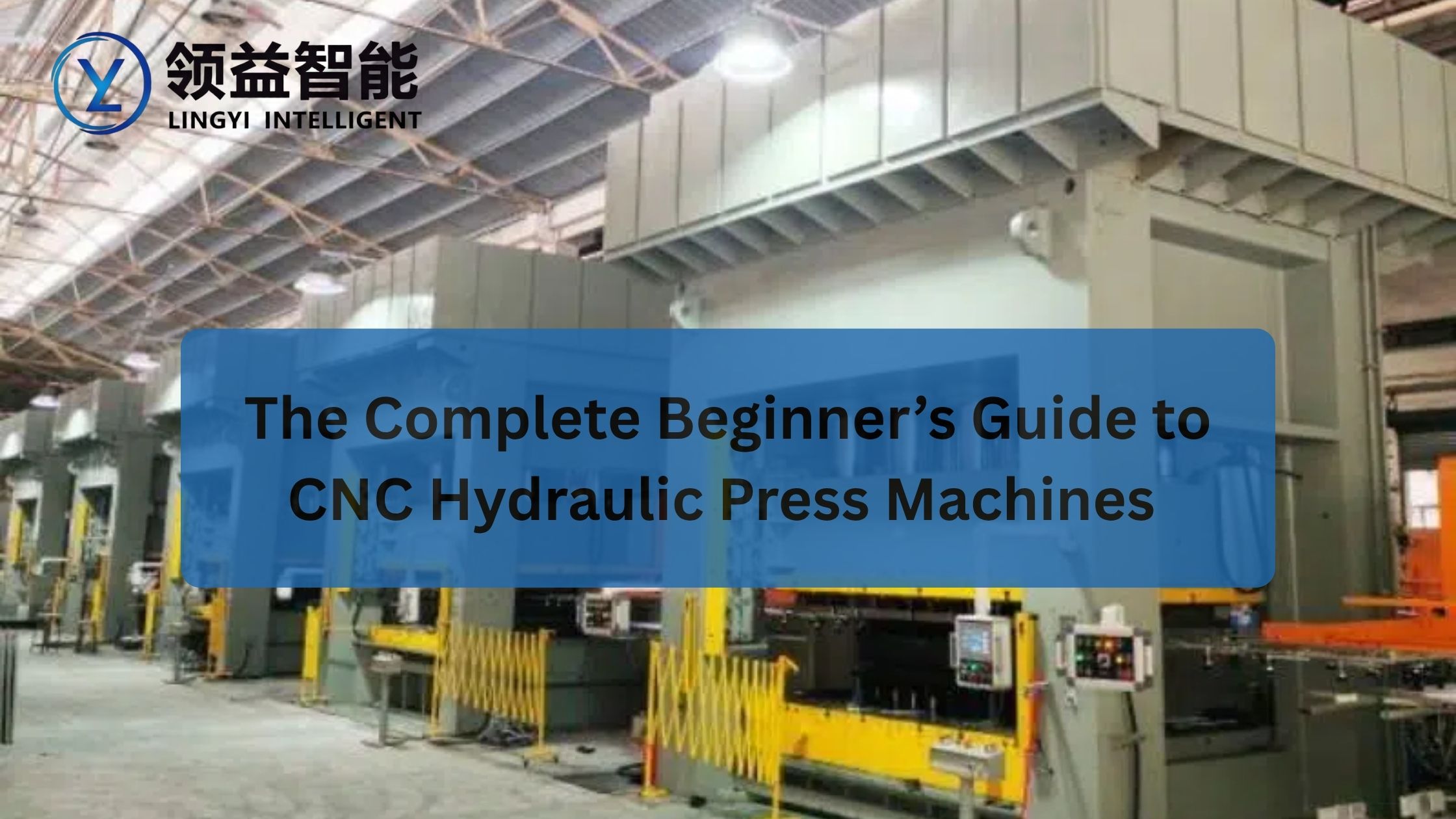If you are in Precision Parts Manufacturing or any industry where sheet metal is processed, you’ve probably asked yourself this: “How do I pick the right slitting line machine for my business?”
With so many metal slitting line machines available in 2025, choosing one can feel overwhelming. Every manufacturer promises speed, accuracy, and efficiency, but the truth is that not all machines deliver the same results.
Here, we’ll address the most common pain points people face when purchasing a Coil Slitting Line Machine and give you practical answers. By the end, you’ll know exactly what to look for so you can invest with confidence.
Did you know?
A high-performance slitting line machine can process everything from thin aluminum to heavy-duty steel coils with precision.
How Do I Know If the Machine Will Handle My Material Types?
One of the biggest concerns manufacturers have is whether the slitting machine will actually work well with their materials.
Not all high-performance slitting line machines are built the same. Some are designed for thin aluminium sheets, while others are robust enough to handle heavy-duty steel coils. If you work with multiple metals like stainless steel, copper, or galvanised sheets, you’ll need versatility in blade strength and adjustment.
What to check:
- The machine’s maximum coil thickness and width.
- The hardness of materials it can process.
- Compatibility with different coil weights.
Think of it this way: buying the wrong machine is like buying shoes that don’t fit—you’ll constantly struggle with output quality and downtime. A properly matched slitting line machine ensures smooth runs, fewer errors, and higher productivity.
Is Accuracy Really That Important in Slitting Line Machines?
Absolutely—accuracy is the heart of the process. Poor slitting precision leads to uneven strips, wastage, and problems in downstream operations such as stamping, forming, or hydraulic press manufacturers‘ processes.
A good Coil Slitting Line Machine doesn’t just cut metal; it ensures every strip is consistent in width. For industries like automotive, construction, and electronics, even a fraction of a millimetre error can cause major issues.
What to check:
- Tolerance levels (look for machines that guarantee minimal variation).
- Blade positioning systems – automated blade setups are far more reliable.
- Scrap management – efficient systems help you reduce material loss.
The best high-performance slitting line machines come with advanced automation to minimise human error, helping you cut perfectly aligned strips every time.
How Can I Judge the Machine’s Speed and Efficiency?
This is another big pain point—manufacturers often wonder if faster means better. The truth: it depends on your production goals.
If you’re handling high-volume orders, you’ll need metal slitting line machines that balance speed with precision. Speed without stability leads to burrs and irregular edges. But a slower machine might bottleneck your operations.
What to check:
- Line speed (measured in metres per minute).
- Changeover time for different coil sizes.
- Automation features like coil loading, alignment, and scrap handling.
Efficiency isn’t only about speed—it’s about overall workflow. Machines with automated coil loading and user-friendly interfaces cut down setup time, boosting productivity significantly.
Related Blog:- High-Precision Sheet Leveling Machine for Flatness
How Much Should I Worry About Maintenance and Downtime?
Every manufacturer dreads downtime. A machine that constantly breaks down drains time and money. That’s why high-performance slitting line machines are designed with durability and serviceability in mind.
The real question isn’t whether the machine will need maintenance—it will. The question is how easy and cost-effective the maintenance will be.
What to check:
- Availability of spare parts.
- Local service support or remote diagnostic features.
- Ease of blade replacement and lubrication.
- Preventive maintenance schedules provided by the supplier.
Machines with modular designs make maintenance far easier. Think of it as owning a car—some models are easy to service, while others require specialist mechanics for even simple repairs. Go for the slitting line that doesn’t bring your operations to a halt every few weeks.
What About Cost vs. Value—How Do I Balance the Two?
This is often the toughest question: should you invest in a top-end Coil Slitting Line Machine or settle for a cheaper one?
The answer lies in calculating long-term value. Lower-priced machines may save you money upfront, but if they consume more power, produce more scrap, or break down often, the costs add up fast.
On the other hand, a premium machine might seem expensive initially, but pays for itself in:
- Reduced material wastage.
- Lower energy consumption.
- Faster turnaround times.
- Longer service life.
Key tip: Always measure cost against lifetime performance, not just purchase price. The right slitting line machine should be seen as an investment, not an expense.
Additional Factors People Often Forget to Ask
Apart from the top five, here are some overlooked but equally important considerations:
- Safety Features – Does the machine come with guards, emergency stops, and safety sensors?
- Operator Training – Does the manufacturer provide training for your team?
- Software Integration – Can the machine connect with your production monitoring systems?
- Future Scalability – Will it support expansion if your production demand grows?
These questions might not seem urgent, but they save you from future headaches.
Bringing It All Together
Choosing from today’s wide range of metal slitting line machines is not about picking the most expensive or the fastest. It’s about finding a machine that meets your specific needs in material handling, accuracy, speed, and long-term value.
When you evaluate these factors properly, you gain more than just a machine—you gain reliability, reduced downtime, and confidence that your operations will run smoothly.
At the end of the day, the right high-performance slitting line machine becomes the backbone of your production, ensuring quality and efficiency across the board. And when paired with reliable partners in Precision equipment Manufacturing and hydraulic press manufacturers, it completes a seamless production ecosystem.
If you are considering metal slitting line machines or exploring high-performance slitting line machines for your business, evaluating these five areas will help you make an informed decision. For trusted solutions, explore the latest offerings from imachine.
Key Takeaways:
- Always check if the Coil Slitting Line Machine matches the material type and thickness you use.
- Precision is non-negotiable—sloppy cuts mean wastage and rejected parts.
- Speed should balance with stability; automation improves efficiency.
- Easy maintenance and quick service support are crucial to avoid costly downtime.
- Value is more important than cost—invest in machines that deliver long-term benefits.
Frequently Asked Questions
Q1. How do I know which slitting line machine is right for my industry?
It depends on the type of metal you process, your production volumes, and the precision required. Always match the machine’s capabilities with your operational goals
Q2. What materials can a Coil Slitting Line Machine process?
They can process a wide range, including stainless steel, copper, aluminium, and galvanised steel. The exact capability depends on the machine’s specifications.
Q3. Are high-performance slitting line machines energy-efficient?
Yes, many modern machines are designed with energy-saving drives and automation, reducing power consumption while maintaining high output.
Q4. How often does a slitting line machine need maintenance?
Regular preventive maintenance is essential, but high-quality machines typically require less frequent servicing and come with diagnostic features.
Q5. Can a slitting line machine be customised?
Absolutely. Many manufacturers offer custom solutions for coil width, automation level, scrap handling, and even integration with other equipment.



